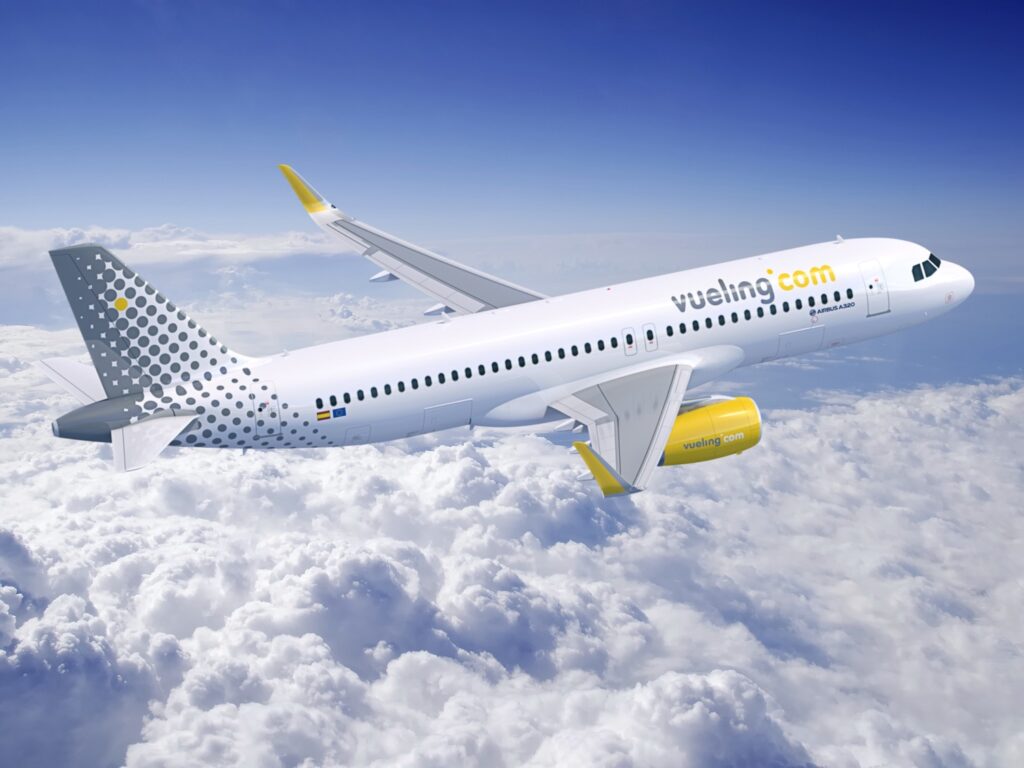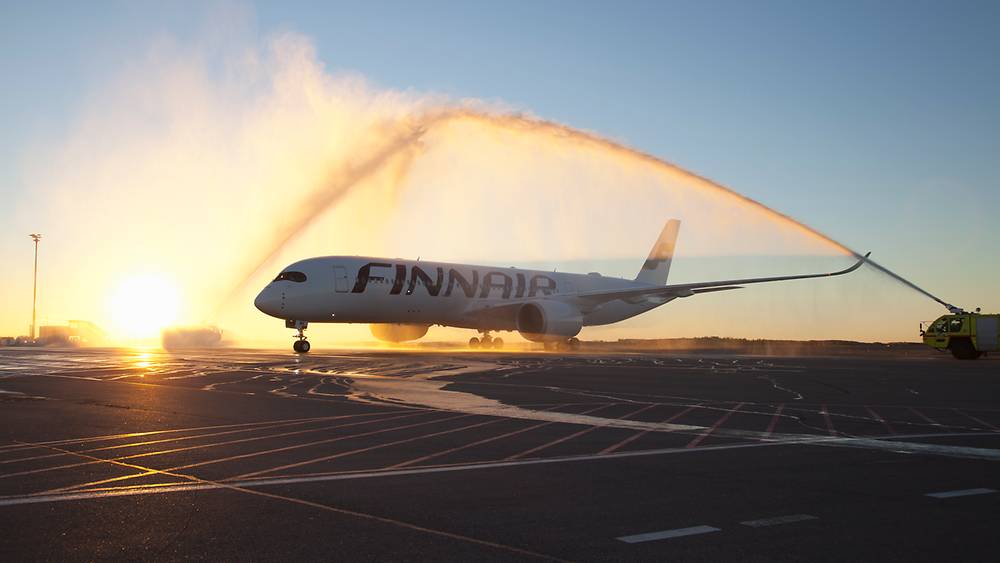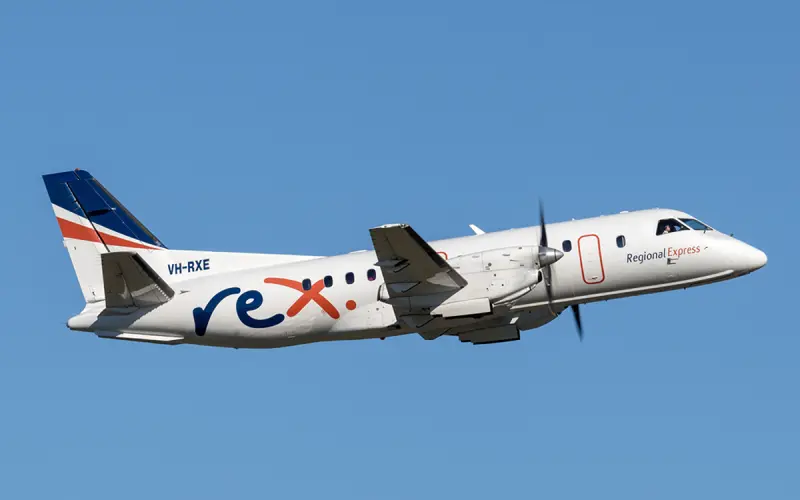
Long-haul travellers are showing enthusiasm to explore European destinations this Autumn, with travel intention from key markers remaining steady or seeing an increase compared to last year. Interest in travelling to Europe has particularly surged in China. Despite concerns about high travel costs and inflated airfares, 74% of Chinese survey respondents intend to visit a European destination between September and December 2023. This represents a notable 10% increase since the same period last year and an increase of 9% compared to autumn 2019, the last travel period before China closed its borders to travel. Travel enthusiasm also increased slightly in the US (+3%) and Canada (+2%), despite rising inflation.
In Australia and Brazil, intention to travel to Europe declined slightly compared to last year. Australia recorded a 3% decrease, possibly due to increased interest in exploring other destinations and the Southern Hemisphere’s summer season, making domestic travel more attractive for them. Brazil also recorded a 3% decrease, but sentiment remains strong in this market, with over half (52%) of respondents expressing a desire to travel to Europe.
Japanese respondents showed a significant surge in travel intention to Europe, up 12% compared to the same period in 2022. However, despite the positive trend, Japan remains the most reserved among all surveyed markets, with only 25% of respondents intending to visit Europe in the coming months.
This is according to the latest Long-Haul Travel Barometer (LHTB) 3/2023 published today by the European Travel Commission (ETC) and Eurail BV. The LHTB monitors travellers’ intentions to visit Europe in six key long-haul markets – Australia, Brazil, Canada, China, Japan, and the United States. The latest issue covers travel sentiment in the September-December 2023 period.
Commenting following the publication of the LHTB 3/2023, Miguel Sanz, ETC’s President, said: ‘After a long period of disruption due to the Covid pandemic, Europe is reestablishing its connection with Asian tourists. Our appeal remains strong to long-haul travellers all over the world, with Europe’s timeless culture and history acting as the biggest draw. It’s particularly encouraging to see the growing popularity of rail and increased interest in slow travel among tourists. Now more than ever, it’s important that we pay special attention to the responsible development of the tourism industry.’
High prices are reshaping the way tourists plan to travel
Although the desire to travel to Europe remains strong overall, prospective travellers in all six markets cite high prices as their primary deterrent. This applies especially to Brazil and Australia, where 45% and 40% of travellers respectively feel discouraged from a European holiday due to the high costs. Consequently, a growing number of travellers across all markets are placing greater significance on the perceived affordability of services and experiences within the destination (32%) compared to last year (28%).
Amid rising travel-related costs, tourists are adopting new strategies to maximise their experience while still fitting within the available budget. The most popular tactic is to reduce shopping expenses (35%), an approach which is particularly popular among respondents from Canada, Australia and Japan. Other new spending patterns include using loyalty schemes and affordable all-inclusive packages, both of which are considered by 30% of respondents in all markets and are particularly favoured in Brazil and China.
Long-haul travellers are particularly drawn to Europe’s Culture and History
Culture and history are mentioned as Europe’s biggest draws for travellers in 5 out of the 6 surveyed markets. The exception is China, where travellers’ strong interest in culture and history is secondary only to gastronomic and urban experiences. Notably, the overall interest in slow travel is growing this Autumn (+7% compared to 2022), especially among tourists from Japan, Australia, Canada and the US.
World-renowned sites are also popular among long-haul travellers this Autumn. An increasing number of respondents (+6%) indicated that they are most interested in visiting destinations that are home to Europe’s iconic landmarks, compared to the same period in 2022.
Favourable weather conditions are another key determiner of where travellers choose to travel. Climate considerations are especially important for Chinese tourists (39%), followed by Australians and Brazilians (both at 34%).
Travellers favour rail and low-cost flights to move between European destinations
Australian travellers have shown an interesting shift in the preferred means of transportation between destinations. While air travel remains the predominant choice, there has been a notable increase (+8%) in interest in train passes and a slight uptick in bus travel (+2%).
For Canadian tourists, rail travel continues to hold the top spot as the preferred mode of transportation, with 34% of survey respondents inclined to buy a rail pass and 32% interested in at least a single train ticket. US travellers are also being drawn in by rail transport’s affordability and efficiency of travel times despite having traditionally favoured air travel.
Though rail holds a strong position as a transportation option for long-haul travellers, low-cost flights are the most popular. While rail has traditionally been Brazilian travellers’ preferred choice, air travel is gaining popularity, with interest in low-cost flights increasing by 13% in the Brazilian market. The same trend can be seen in the Canadian market, in which the popularity of cheap flights rose by 9%.



 share
share








































